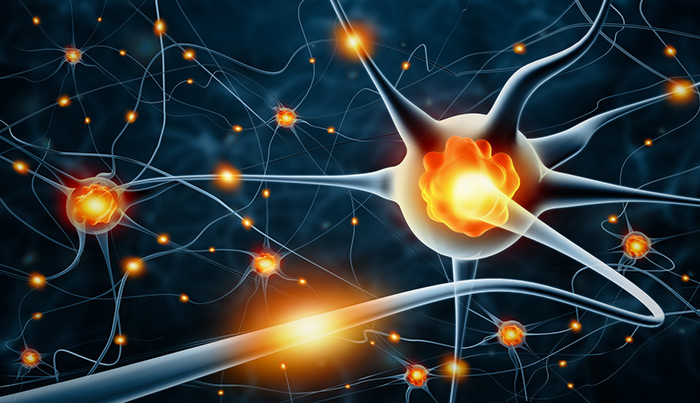What do you think of this article?
By Dr. David Woo - July 20, 2018

Transcranial magnetic stimulation (TMS) is a relatively new treatment for depression that has been able to help patients who have not gotten results from other forms of treatment by sending magnetic pulses to the brain. But how does TMS actually work?
First, let’s look at what exactly TMS treatment targets within the brain. Then, we will explore how TMS treatment accesses and changes those areas of the brain. Lastly, we’ll review what the process of TMS treatment consists of—before, during, and after active treatment.
How is a depressed brain different from a healthy brain?
Brain imaging studies show different patterns of activities in healthy versus depressed brains. The brain contains neural pathways that connect the areas associated with regulating mood. These mood centers in the brain communicate through chemical messengers known as neurotransmitters. A healthy brain contains many of these neurotransmitters, which constantly move between the mood centers of the brain, regulating mood. In a depressed brain, there are usually fewer neurotransmitters or the neurotransmitters don’t work properly. This disrupts the communication between the mood centers of the brain and results in depression. (1)
How does TMS work to target the parts of the brain that are not functioning healthily?
TMS treatment uses a magnetic coil that is placed on the patient’s head to send magnetic pulses to the brain. These pulses stimulate the brain’s neurotransmitters. Over the treatment period, these magnetic pulses are able to help the brain regenerate and repair the dysfunctional or depleted neurotransmitters, restoring healthy communication between the mood centers of the brain. This healthy activity allows the brain to once again regulate mood, reducing or eliminating symptoms of depression.
Watch this video from Neurostar TMS Therapy for an illustration of how TMS treatment acts on the brain to relieve depression.
How is TMS Treatment Performed?
Once patients have consulted with Dr. Woo and determined that TMS treatment is right for them, they can begin the treatment process. Treatment lasts a total of nine weeks:
- Brain mapping: A technician generates a map of the patient’s brain to determine which point on the head should receive stimulation during treatment.
- Active treatment: The patient comes in five days a week over the course of six weeks to receive treatment. During treatment, the patient sits in a reclined chair while a magnetic coil is positioned on his or her head for twenty minutes. After each session, the patient can return to normal daily activity.
- Taper period: During the final three weeks of treatment, the patient receives a reduced number of sessions per week. The patient comes into the office for TMS treatment three times during week seven, twice in week eight, and one final time in week nine.
After TMS treatment is complete, most patients will feel less depressed and see lasting change in their mood. You can learn more about the TMS therapy success ratehere.
Additional support from the TMS & Psychiatry team is always available. To find out more about how TMS works, see our How Treatment Works page.
There’s also information on TMS therapy costs here.
References
- Neurostar mechanism of action. YouTube: Neurostar Advanced Therapy. Link. Published on Nov 29, 2016. Accessed on April 20, 2018.
Dr. David Woo is the owner and head clinical psychiatrist at Madison Avenue TMS and Therapy in New York City. Dr. Woo has been seeing patients in private practice since 2002, always with the goals of combining evidence-based medicine with psychodynamic psychotherapy and collaborating with other mental health professionals to ensure the best possible outcomes for his patients. He has been certified to administer TMS at his practice since 2017. His greatest clinical interests include helping patients suffering from depression, anxiety, and obsessive compulsive disorder.
Follow Dr. Woo On









